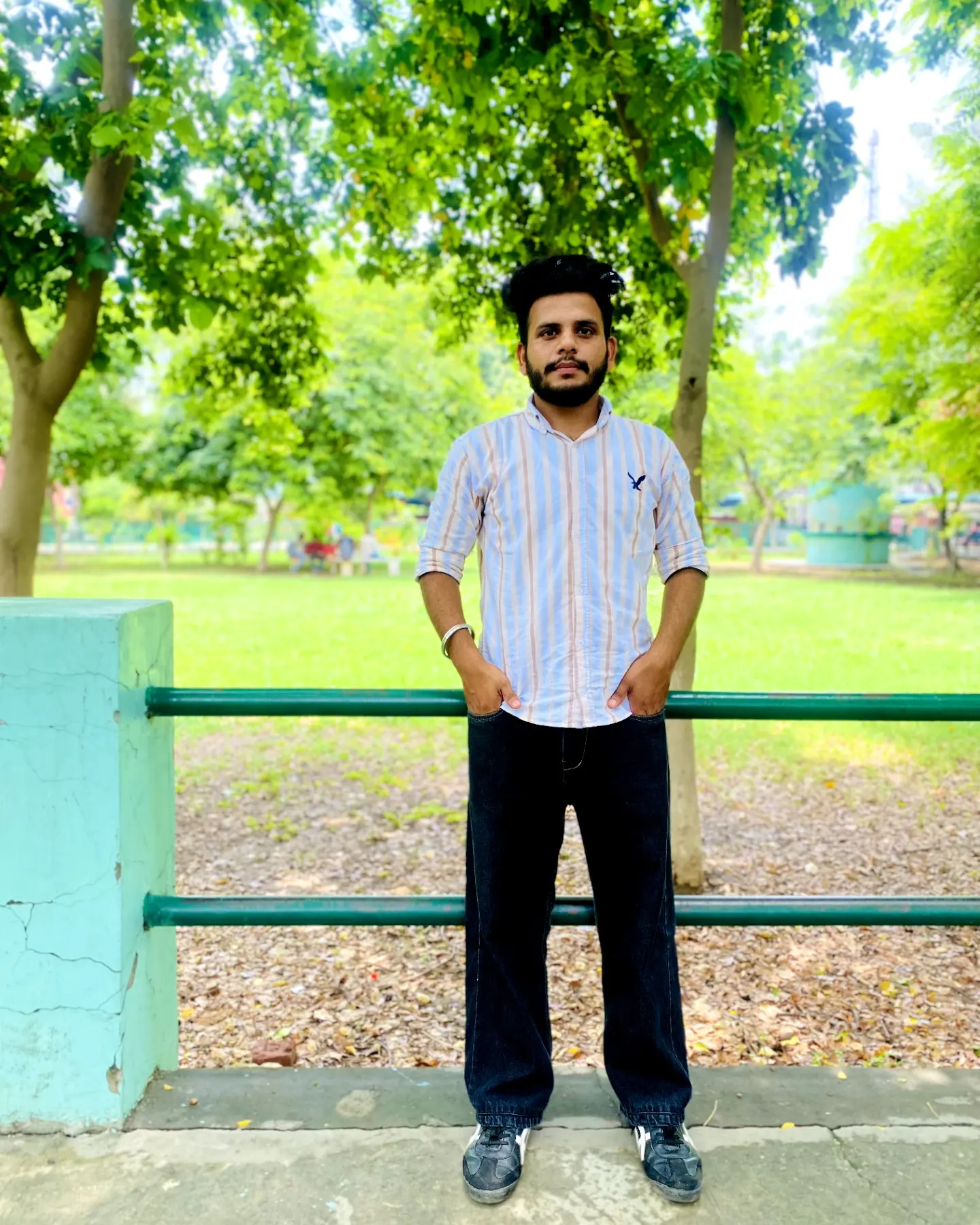Bhattacharyya, K. Electrochemistry with Quantum Chemistry. EPJ Web of Conferences, 2022, 268,
00007
Bhattacharyya, K.; Auer, A. A. Oxygen Evolution Reaction Electrocatalysis on
Cobalt(Oxy)hydroxide: Role of Fe Impurities. (Journal of Physical Chemistry C, 2022, 126,
18623-18635)
Yang, X.; Reijerse, E.; Bhattacharyya, K.; Auer, A. A.; Cornella, J. Radical Activation of N-H
and O-H Bonds at Bismuth (II). ( Journal of American Chemical Society, 2022, 144, 16535-16544) (
Equal 2nd author contribution)
Ghosh, S.; Bhattacharyya, K., Origin of the Failure of Density Functional Theories in Predicting
Inverted Singlet-Triplet Gaps. ( Journal of Physical Chemistry A, 2022, 126, 1378-1385) ( Equal
contribution)
Schiavo, E., Bhattacharyya, K., Mehring, M., Auer., A. Are interactions between main group
elements and π-systems really “π-interactions”? (Chemistry -A European Journal, 2021, 27,
14520-14526)
Bhattacharyya, K. Can TDDFT Render the Electronic Excited States Ordering of Azine Derivative? A
Closer Investigation with DLPNO-STEOM-CCSD. Chemical Physics Letter (Chemical Physics Letter,
2021, 779, 138827)
Sreejyothi, P., Bhattacharyya, K., Datta, A., Mandal, S. An NHC-stabilized Phosphinidene for
catalytic formylation: A DFT guided approach. Chemistry- A European Journal, 202, 27,
11656-11662).
Bhattacharyya, K., Poidevin, C., Auer, A. Structure and Reactivity of IrOx Nanoparticles for the
Oxygen Evolution Reaction in Electrocatalysis: An Electronic Structure Theory Study. Journal of
Physical Chemistry C. 2021, 125, 4379-4390
Pal, A. K., Bhattacharyya, K., Datta, A. Polymorphism Dependent 9-Phosphoanthracene Derivative
Exhibiting Thermally Activated Delayed Fluorescence: A Computational Investigation. Journal of
Physical Chemistry A. 2020, 124, 11025-11037.
Fritzsche, A., Scholz, S., Krasowska, M., Bhattacharyya, K., Toma, A., Silvestru, C., Korb, M.,
Auer, A., Mehring, M. Evaluation of bismuth-based dispersion energy donors–synthesis, structure
and theoretical study of 2-biphenylbismuth (iii) derivatives. Physical Chemistry Chemical
Physic. 2020, 18, 10189-10211.
Pal, A. K., Bhattacharyya, K., Datta, A. Remote Functionalization through Symmetric or Asymmetric
Substitutions Control the Pathway of Intermolecular Singlet Fission. Journal of Chemical Theory
and Computation. 2019, 15, 5014-5023.
Bhattacharyya, K., Datta, A. Computationally Driven Design Principles for Singlet Fission in
Organic Chromophores. Journal of Physical Chemistry C, 2019,123, 19257-19268.
Bhattacharyya, K., Datta, A. Intra-molecular Singlet Fission in Quinoidal Dihydrothiophene.
Journal of Physical Chemistry C, 2019, 21, 12346-12352.
Bhattacharyya, K., Datta. A. Visible light Driven Efficient Metal Free Single Atom Catalyst
Supported Nanoporous Carbon Nitride for Nitrogen Fixation. Physical Chemistry Chemical Physics,
2019, 9, 651–659.









